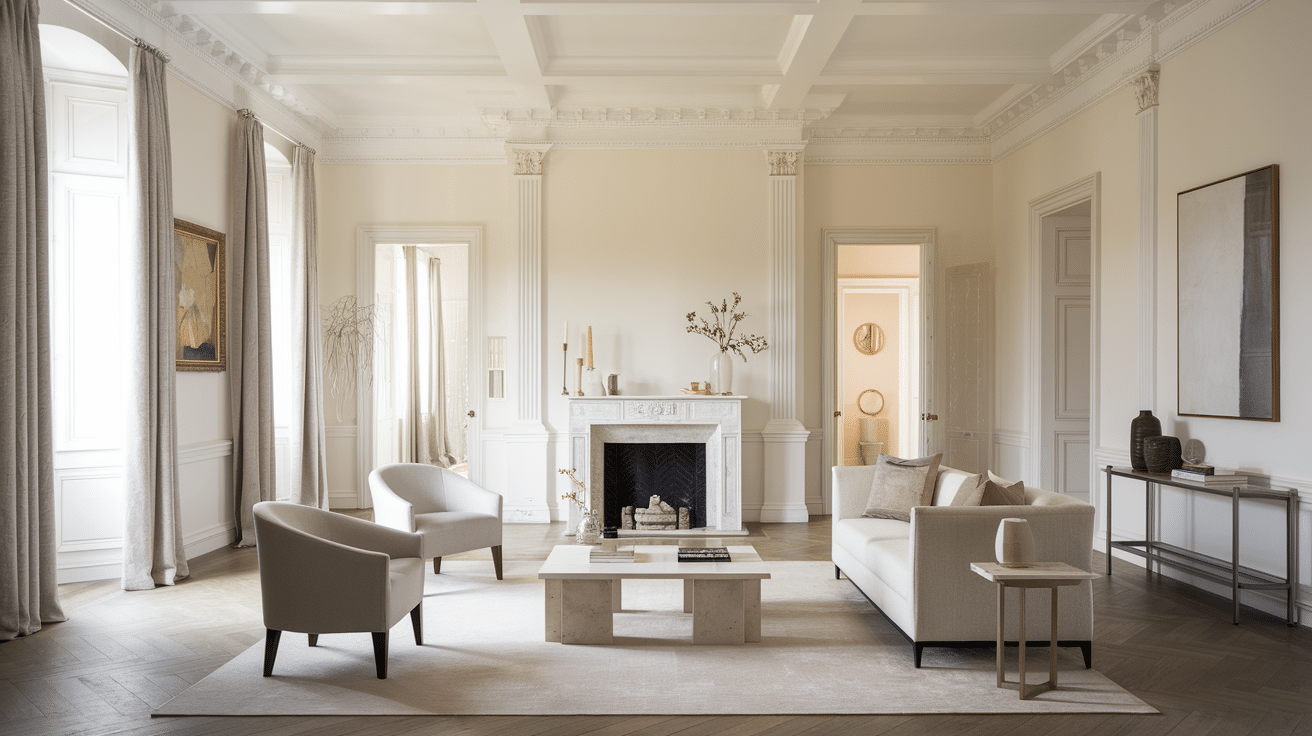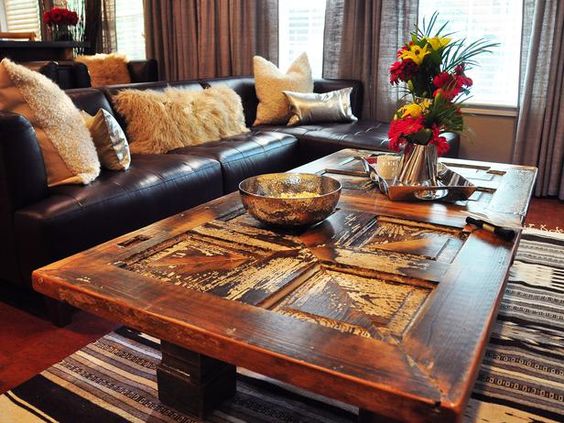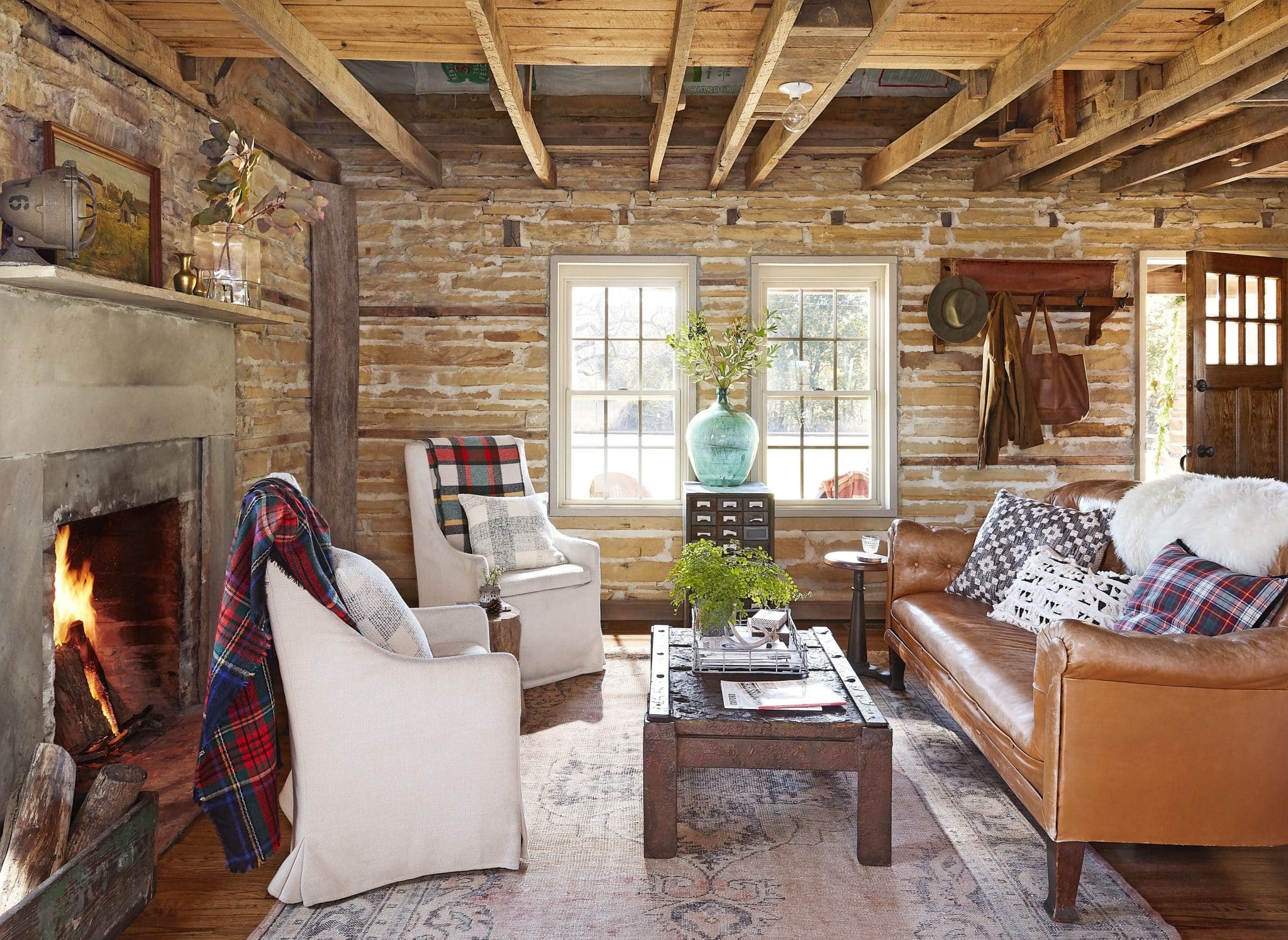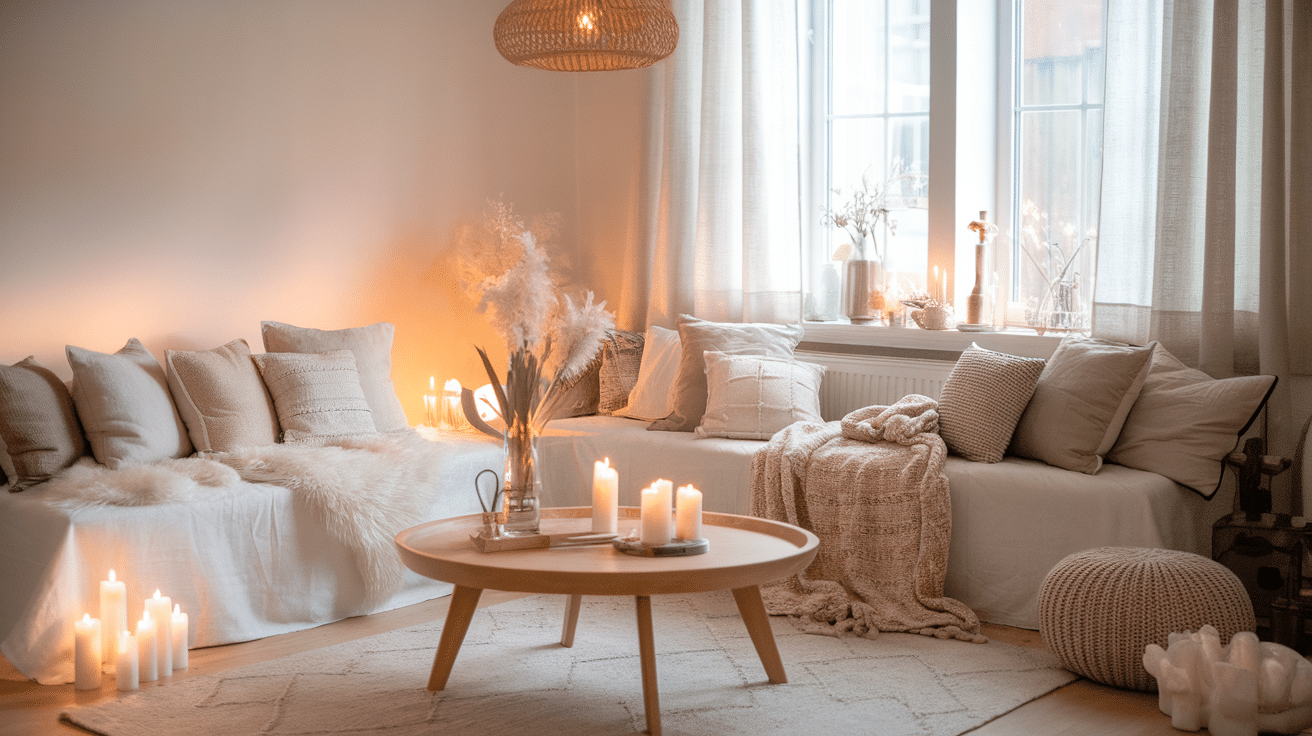How to Achieve the Perfect Neoclassical Design in Your Home
Neoclassical design takes its beauty from the old Greek and Roman buildings of long ago. It brings class to any space with its simple shapes and clean look.
Today’s homes still use these ideas because they simply work. The focus on balance, order, and simple beauty makes spaces feel calm and put together.
People like how these rooms feel both grand and cozy at the same time.
The mix of old ideas with new needs makes neoclassical design work well in today’s world.
It fits in modern homes while keeping that special feel that has made it popular for hundreds of years.
This blog covers all the information required for creating Neoclassical design. Let us get started!
The Key Principles of Neoclassical Design
Symmetry and Balance
Neoclassical design puts equal parts on both sides of a room.
Think of a mirror image – what’s on the left matches what’s on the right.
This balance makes spaces feel calm and in order. When you walk into a room with this design, you feel a sense of peace because everything has its proper place.
Clean Lines and Simple Forms
Unlike fancy styles with lots of details, neoclassical design keeps things simple.
It uses basic shapes and clear, straight lines, making rooms feel open and not crowded.
The simple shapes let your eyes rest and help the space feel bigger.
Subdued Color Palette
Whites, creams, and soft grays form the base of neoclassical rooms. These mild colors create a calm feeling.
They work as a perfect background for a few richer colors like deep blues or greens.
This simple color mix makes spaces feel both classic and fresh.
Incorporating Classical Elements
Neoclassical spaces use ideas from old Greek and Roman buildings but make them fit today’s homes.
You might see smooth columns by doorways or simple arches between rooms.
These touches add a class without making the space feel old-fashioned.
High-Quality Materials
Natural materials stand at the heart of this style.
Marble counters, wooden floors, and stone details show quality and skill. These materials look good and last for many years.
They also get better with age, adding to the timeless feel of neoclassical spaces.
The Step-by-Step Guide to Neoclassical Design
Step 1: Starting with the Layout
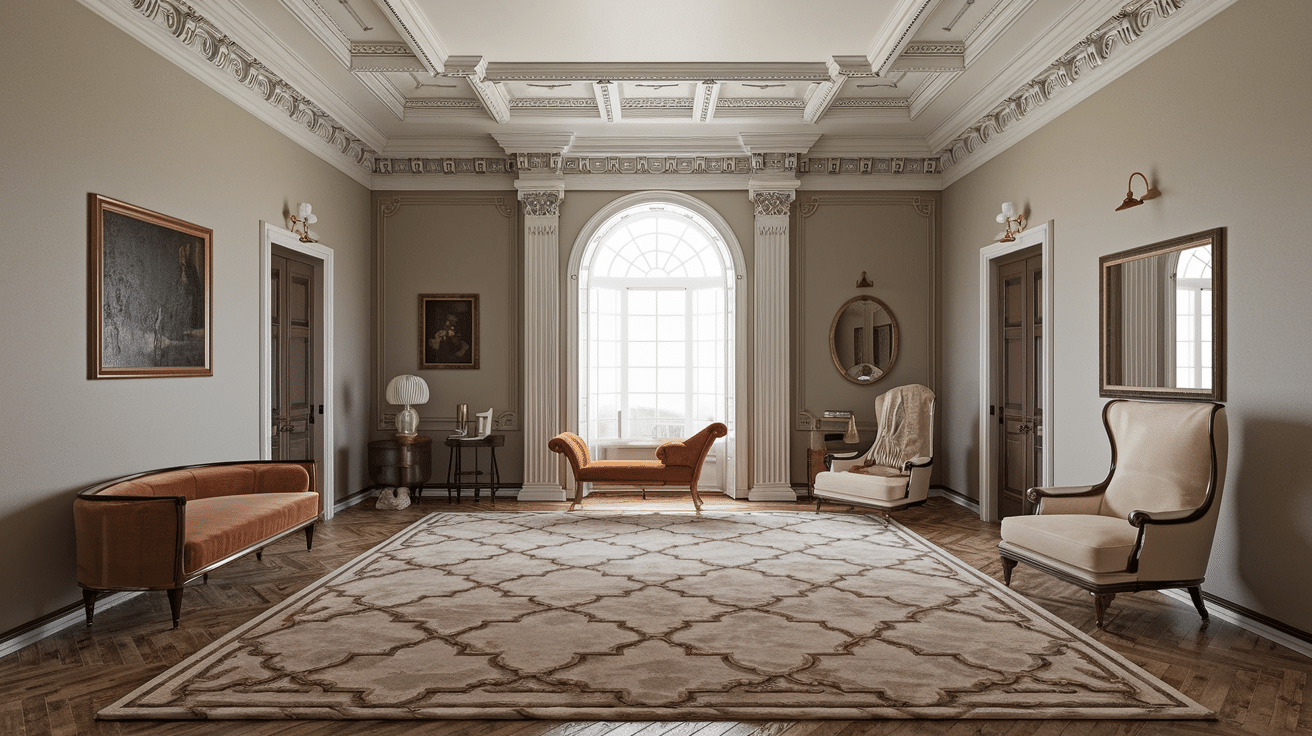
Room Symmetry
To create a neoclassical space, start by planning a balanced room layout. Measure your room and find its center point.
Place key pieces of furniture so they match on both sides of this center line. For example, put matching chairs on each side of a sofa or twin lamps on both ends of a console table.
Try to keep equal space between furniture pieces. If you have a window on one wall, you might add a mirror of the same size on the opposite wall to create balance.
This type of layout makes rooms feel organized and calm, giving you a solid base for the rest of your design.
Focal Points
Every neoclassical room needs a main feature that draws the eye. A fireplace works well as a central point in a living room.
Please place it in the middle of a wall and arrange seating to face it. In dining rooms, a large table with a simple but eye-catching light fixture above creates a natural center.
Art can also serve as a focal point. Choose a larger piece for the main wall and hang it at eye level. Keep the area around it simple so it stands out.
These central features give the room direction and purpose, making the space feel complete and well-thought-out.
Step 2: Choosing the Right Furniture
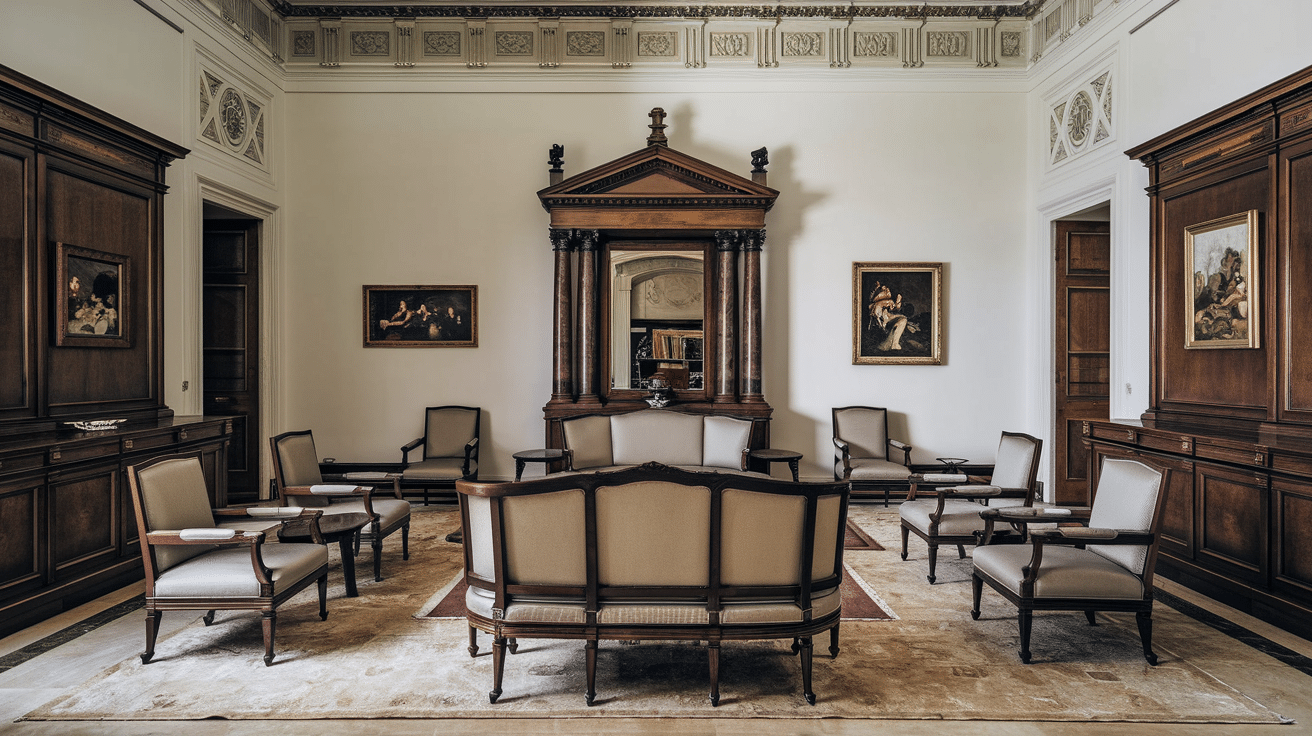
Timeless and Elegant Pieces
For true neoclassical style, pick furniture with clean, straight lines and simple shapes.
Look for sofas with firm, square backs and arms rather than puffy, rounded ones. Tables with straight legs work better than curved ones.
Wood furniture in darker shades like walnut or mahogany fits this style well.
Check for pieces with small classical touches like fluted legs (with small grooves) or simple carvings. These details add a class without being too showy.
Aim for quality over quantity. One well-made chair means more than three cheap ones. Good furniture might cost more now but will look good for many years.
Furniture Arrangement
Place your furniture in a way that feels balanced on both sides of the room. If you put an armchair on one side of your sofa, add another on the opposite side.
This doesn’t mean every item needs a twin, but the overall weight of pieces should feel even.
Keep some space between furniture and walls. This small gap makes the room feel more open and shows off the shape of each piece.
Face seating toward the center of the room or toward the main focal point creates a space that works well for talking and spending time together.
Make sure to leave clear walking paths of at least three feet. This makes the room both nice to look at and easy to use.
Step 3: Adding Neoclassical Architectural Features
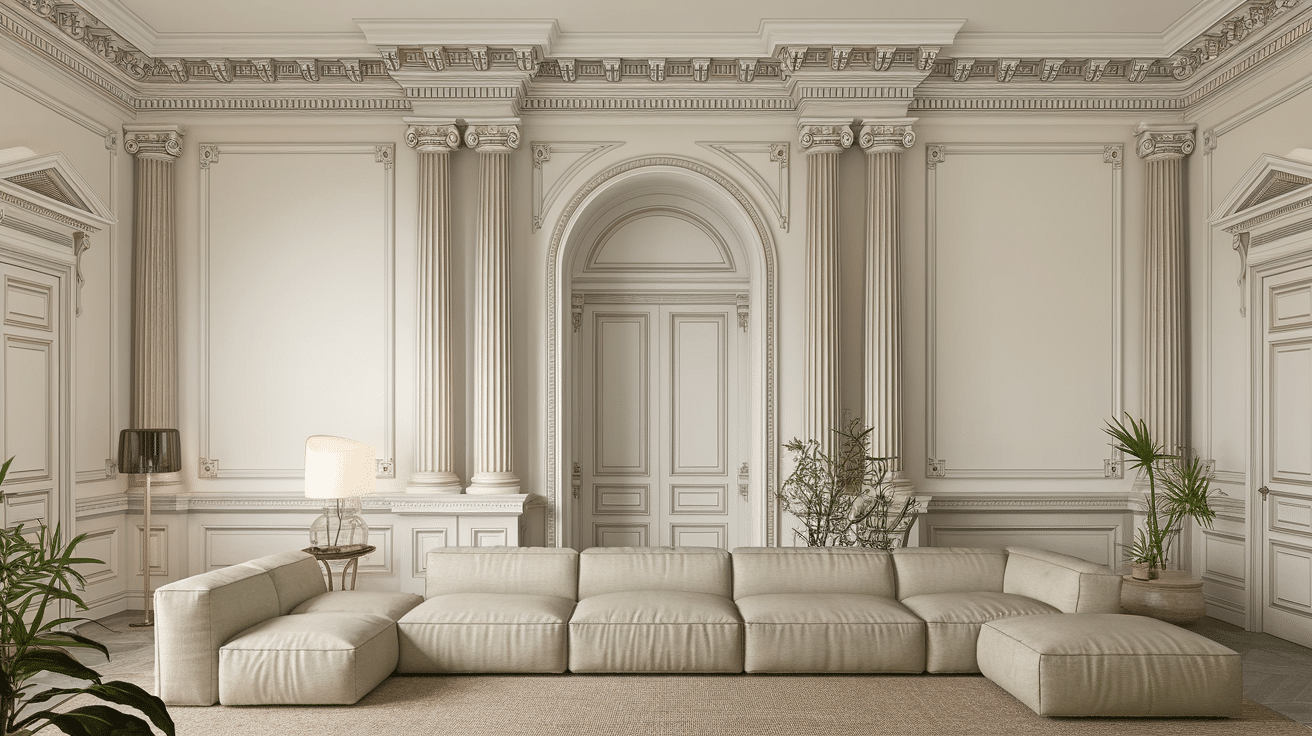
Columns and Pillars
Columns add a classic touch to any room without going overboard. You don’t need huge stone pillars – slim wooden columns work well between spaces like living and dining areas.
Try adding half-columns against a wall next to a doorway or fireplace.
For a simpler option, look for furniture with column-like legs. A bed frame or cabinet with this detail brings in the neoclassical look in a small way.
The key is to use these features in small doses so they stand out as special parts of your design.
Archways and Doorways
Soft, curved doorways make spaces flow smoothly from one to the next.
If you’re not ready for major changes, you can add an arch to an existing doorway with the help of a contractor. This small change makes a big difference.
For less work, consider an arched mirror or artwork that creates the feeling of an arch. Place these over straight doorways to hint at classical design.
Room dividers with arched tops can also bring this look into your space without changing the structure.
Moldings and Paneling
Crown molding along the top of your walls makes rooms feel taller and more finished. For a clean look, start with simple white styles.
For more impact, add chair rail molding about three feet up your walls.
Wall panels made from wood or good-quality foam create boxes on your walls that add depth.
Paint these the same color as your wall for a subtle look, or use a slightly different shade to make them stand out more.
These details turn plain walls into features that catch the eye.
Step 4: Incorporating the Right Colors and Textures

Neutral Base Colors
Start with light, calm colors on your walls and larger items. Whites, creams, and soft grays make rooms feel open and peaceful.
These colors work like a clean canvas that lets other parts of your room shine.
For walls, try colors like cool ivory, pale gray, or soft white.
These shades go well with almost any other color you might add later. They also help rooms feel bigger and brighter by making the most of natural light.
Accents of Jewel Tones or Metallics
Once you have your light base colors, add small touches of richer colors.
Deep blues, soft greens, or warm golds work well in a neoclassical room. These colors bring life to the space without taking over.
Try adding these colors through smaller items like pillows, throws, or art.
A dark blue vase on a white shelf or gold picture frames on a cream wall create nice spots for your eyes to notice.
Keep these color touches small and spread them around the room for balance.
Textures
Different textures make a room feel rich and interesting, even when the colors are simple. Mix smooth and soft surfaces to create this feeling.
For example, a silk pillow next to a linen chair cushion or a smooth wooden table with a textured cloth runner.
For windows, try cotton or linen curtains that let light through. For warmth, add a wool rug with a simple pattern.
Small touches like these give your room depth, making people want to touch and feel the different surfaces.
This mix of textures turns a plain room into one that feels complete and well-planned.
Step 5: Lighting Your Neoclassical Space
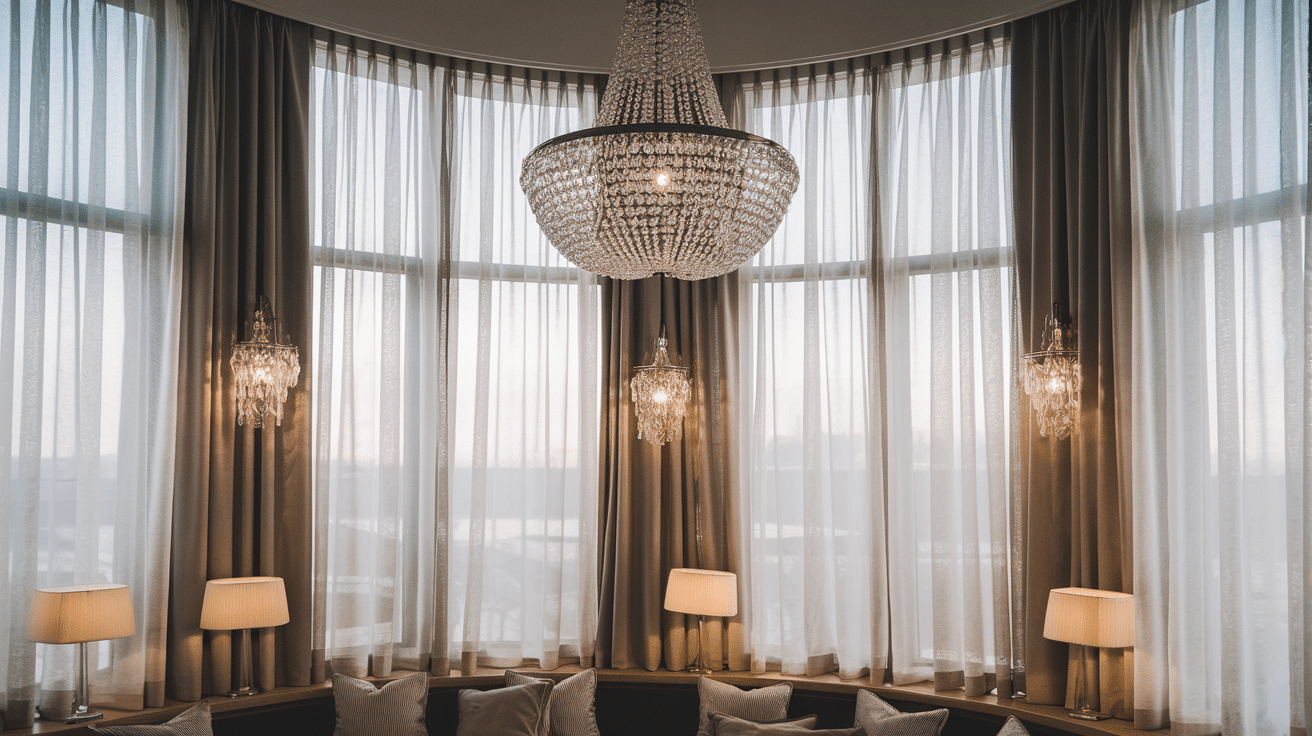
Natural Light
Make the most of windows in your neoclassical room. Keep window coverings simple and easy to open fully during the day.
Light-colored, sheer curtains let the sunshine in a while giving some privacy.
Place mirrors across from windows to bounce light deeper into the room. This trick makes spaces feel bigger and brighter.
If possible, trim back any outside plants that block your windows. More natural light shows off the clean lines and simple beauty of neoclassical design.
Statement Lighting Fixtures
Choose one main light that fits the size of your room. In dining rooms, hang a classic chandelier about 30 inches above the table.
For living rooms, look for fixtures with clean lines and a touch of shine.
Glass, crystal, or polished metal lights work well. They add a bit of class without being too flashy.
Make sure your main light matches the room size—too big and it will take over; too small and it will be lost.
Layering Light
Don’t count on just one light source. Add table lamps on side tables or a desk for tasks like reading.
Wall sconces at eye level create a soft glow that makes rooms feel cozy at night.
Place small lights to show off special items like art or columns. This mix of lighting at different heights lets you change the room’s mood.
Bright bulbs are best for cleaning, medium for daily use, and soft for evening relaxation. Use warm-toned bulbs (soft white) to keep the feeling warm and welcoming.
Step 6: Adding Decorative Accessories

Minimalist Approach
In neoclassical design, less is more when it comes to small items. Pick just a few special pieces that mean something to you.
A single nice vase, a small statue, or framed art with simple scenes work well.
Place these items with care. Try putting them in groups of three on a table or shelf.
Leave empty spaces around them so each piece gets noticed. Good spots include mantels, coffee tables, and bookshelves.
Art should be simple and calm. Landscapes, still life, or black-and-white photos in plain frames add a class without being busy.
Choose pieces that make you feel peaceful when you look at them.
Textiles and Rugs
Soft items add comfort to the clean lines of neoclassical rooms. Look for rugs with simple patterns in colors that match your walls and furniture.
A rug with a Greek key border or basic stripes fits this style well.
For pillows and throws, pick solid colors or small patterns. Soft blues, greens, or warm gold tones work nicely with the light wall colors.
Make sure these match in some way—either in the same color family or in the same pattern size.
Window treatments should be simple, too. Plain panels that reach the floor look best.
Choose fabrics that hang well, like cotton, linen, or light silk.
These touches of fabric soften the room and make it feel lived-in and cozy while keeping the clean, classic look.
Step 7: Blending Neoclassical with Modern Elements
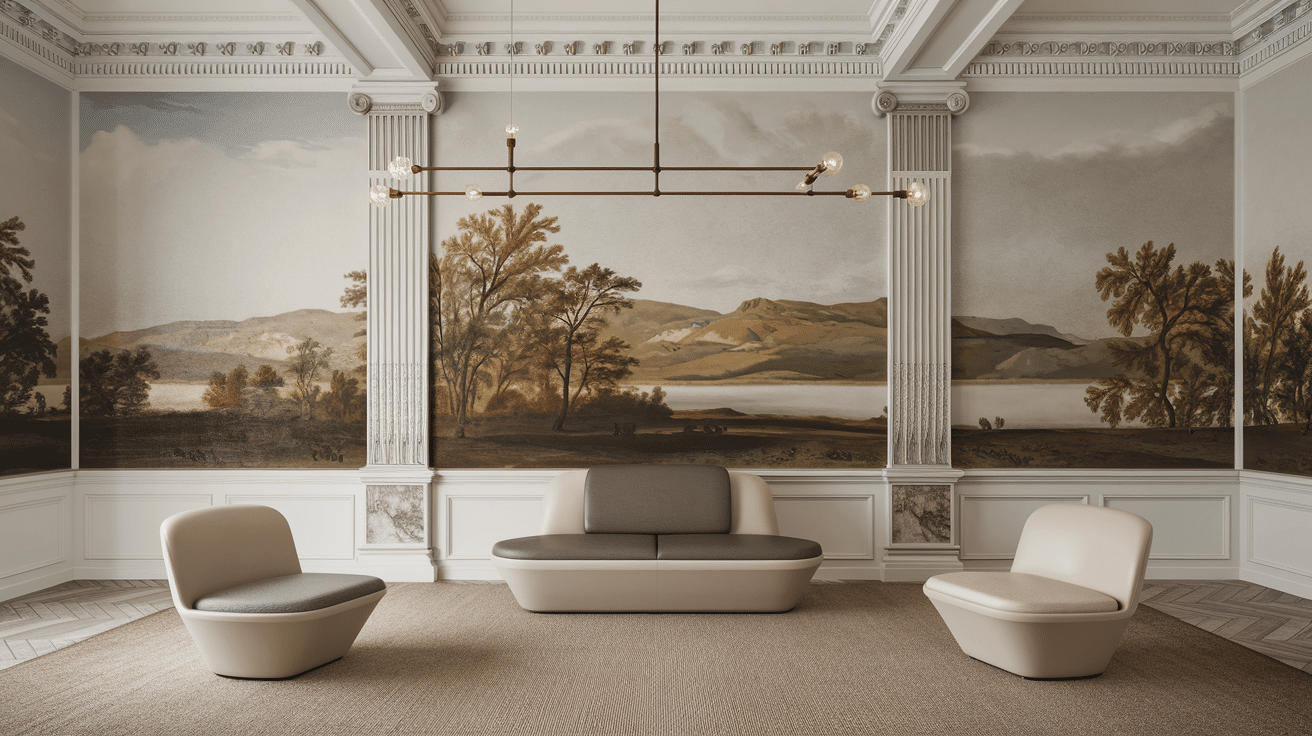
Contemporary Updates
You can mix new items with classical designs to create a space that feels fresh. Try a simple, clean-lined sofa in a light color against a wall with crown molding.
The mix of new and old styles makes both stand out in a good way.
Modern lighting fixtures with simple shapes can work well in classical rooms. A plain glass pendant light or slim floor lamp adds today’s style without fighting against the room’s basic feel.
The key is picking modern pieces with clean shapes that don’t have too many details.
For art, black and white photos in simple frames can look great on walls with classical features. The photos bring a current touch while the room’s structure keeps its timeless quality.
Functionality Meets Style
Today’s homes need to work for real life. To make TVs less noticeable, hide them in cabinets with doors or mount flat screens on walls painted the same dark color.
Small wireless speakers can sit on shelves without drawing too much attention.
For home offices, choose desks with straight lines and simple drawer pulls.
Place them near windows for good light. A wooden desk with a glass top brings together old and new ideas while giving you a good place to work.
In kitchens, keep appliances in the same color family – all black, all white, or all steel. This helps them blend with the rest of the space.
Simple cabinet fronts with small, plain handles keep the clean look that makes neoclassical design work so well.
Mistakes to Avoid When Designing Neoclassical Style
While neoclassical design offers timeless elegance, several common pitfalls can compromise its vibe.
Understanding these mistakes will help you create a more authentic and harmonious neoclassical interior.
Overcrowding the Space
One big mistake is putting too many things in your neoclassical room.
This style needs open space to show off its clean lines and balance. Limit furniture to what you really need and use.
Leave walking paths of at least three feet between pieces. Allow some empty wall space rather than hanging art on every inch.
This breathing room lets the eye rest and helps people see the room’s good features. Remember that in this style, space is just as important as the items you choose.
Too Much Ornate Detail
While classical style has some fancy touches, going overboard makes rooms feel old and stuffy.
Mix plain items with more detailed ones. For example, if you have a sofa with carved wooden trim, pair it with a simple coffee table.
Skip heavy patterns on both your walls and floors. If you use wallpaper with a pattern, keep your rugs solid or very subtle.
The goal is to add just enough classical details to hint at the style without making the room feel like a museum.
Ignoring Practicality
A common error is creating a space that looks good but doesn’t work well for daily life. Make sure seating is truly comfortable, not just pretty.
Test chairs and sofas before buying to make sure you’ll want to sit in them.
Think about how you really use each room. Add side tables near seats for drinks or books. Include storage to hide everyday items. Make sure there’s good light for reading or other tasks.
A neoclassical room can still have TV remotes, phone chargers, and kids’ toys – just plan smart ways to store them when not in use.
Conclusion
Creating a neoclassical space starts with balance and clean design.
Begin with a simple layout, choose furniture with straight lines, and add a few classical touches like columns or moldings.
Stick with light colors for your base and add small pops of richer shades.
Mix in different textures for depth, and layer your lighting for both function and mood. Pick just a few special items as finishing touches.
The beauty of neoclassical design is how it blends old and new ideas to make rooms that feel both special and comfortable.
What’s your favorite part of neoclassical design? Share your thoughts in the comments below!

